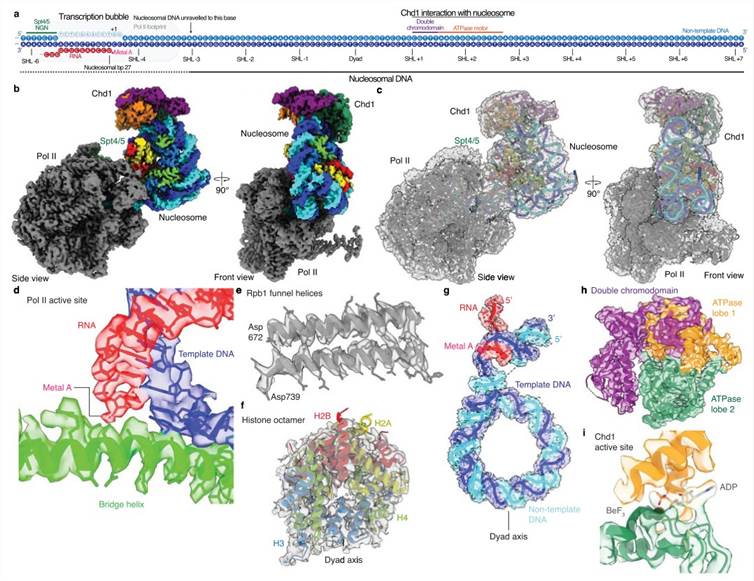CHD1 and Associated Diseases
CHD1 is a ubiquitous and highly homologous chromatin remodeling protein in many eukaryotes from yeast to humans, which plays an important role in the process of gene expression.
Structure and Function of CHD1
CHD1 belongs to the family of chromatin domain helicase DNA-binding proteins (CHDs), and nine subunits in this family have been identified and characterized. CHD1 is classified into class I CHDs based on its unique functional domain, which contains two chromatin domains, a DNA-binding domain, and an ATPase catalytic domain. In addition, CHD1 contains smaller switching-defective protein 3 (SWI3), adaptor 2 (ADA2), nuclear receptor co-repressor (N-CoR), and transcription factor (TF)IIIB (SANT) domains as well as a domain with an unknown function.
CHD1 encodes the chromatin remodeling protein chromodomain-helicase DNA-binding 1 in humans. The canonical function of CHD1 is to regulate transcriptional machinery by regulating reversible structural and chemical changes in DNA and controlling the spatial and temporal extent of gene expression. Specifically, CHD1 recognizes and interacts with H3K4me2/3-tagged chromatin to inhibit other regulatory units, while transferring H3 to positions between paired chromatin domains. CHD1 protein can bind to nucleosomes and hydrolyze through the ATP process and ectopic binding of DNA to induce local changes in nucleosome positioning. In addition, some studies have also demonstrated the interaction between CHD1 and nuclear receptor co-repressor 1.
 Fig 1. Cryo-EM of Pol ii-Spt4/5-nucleosome-Chd1 complex. (Farnung, 2021)
Fig 1. Cryo-EM of Pol ii-Spt4/5-nucleosome-Chd1 complex. (Farnung, 2021)
CHD1 in Prostate Cancer
Involvement of CHD1 is the most pronounced in the development of prostate cancer, deletion of the CHD1 gene occurs in approximately 7% to 10% of prostate cancers and results in DNA repair defects. Studies in mouse models reveal that in PTEN-deficient cancers, CHD1 protein is stabilized, which in turn binds to the H3K4me3 mark, resulting in increased transcription of the tumor-promoting TNFα/NF-κB gene network.
CHD1 in Neurological Disorders and Intellectual Disability
With the continuous development of molecular biology tools, the pathological roles of many epigenetic components in inherited diseases have been rapidly discovered. Among them, missense mutations in the chromosomal remodeling factor CHD1 lead to blockage of the chromosomal remodeling process. Loss of this function is strongly associated with a neurodevelopmental disorder with intellectual disability, autism, epilepsy, developmental delay, and facial deformities.
CHD1 and Other Diseases
CHD1 can assemble variant histone H3.3 into paternal chromatin during sperm chromatin remodeling in fertilized eggs. Animal experiments have also shown that there is a certain relationship between H3.3 assembly in adult cells and CHD1. This process directly affects the health and longevity of living organisms. In addition, studies have also shown that the disorder of the CHD1 gene has a certain relationship with Pilarowski-Bjornsson syndrome, schizophrenia, apraxia, and charging syndrome.
Although it is the most well-studied member of the CHDs family, the physiological/pathological mechanism of CHD1 in vivo still needs further exploration. Believe that through the comprehensive services Creative Biolabs provides, you may advance your project to a much deeper level.
Reference
- Farnung, L.; et al. Structural basis of nucleosome transcription mediated by Chd1 and FACT. Nature Structural & Molecular Biology. 2021, 28: 382-387. Distributed under Open Access license CC BY 4.0, without modification.
